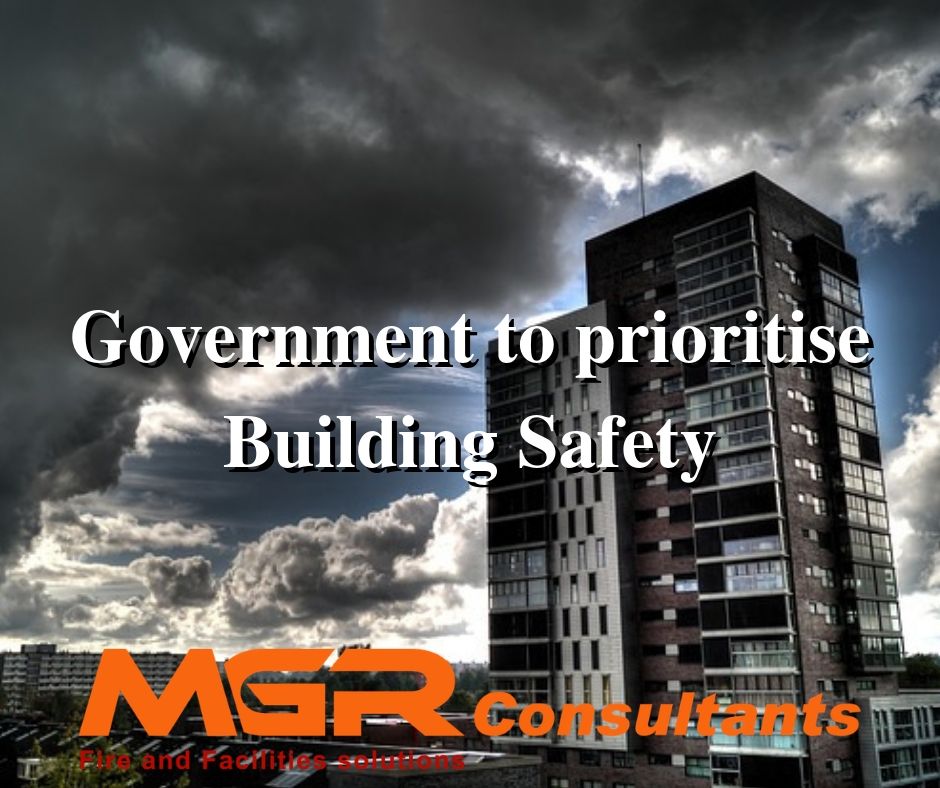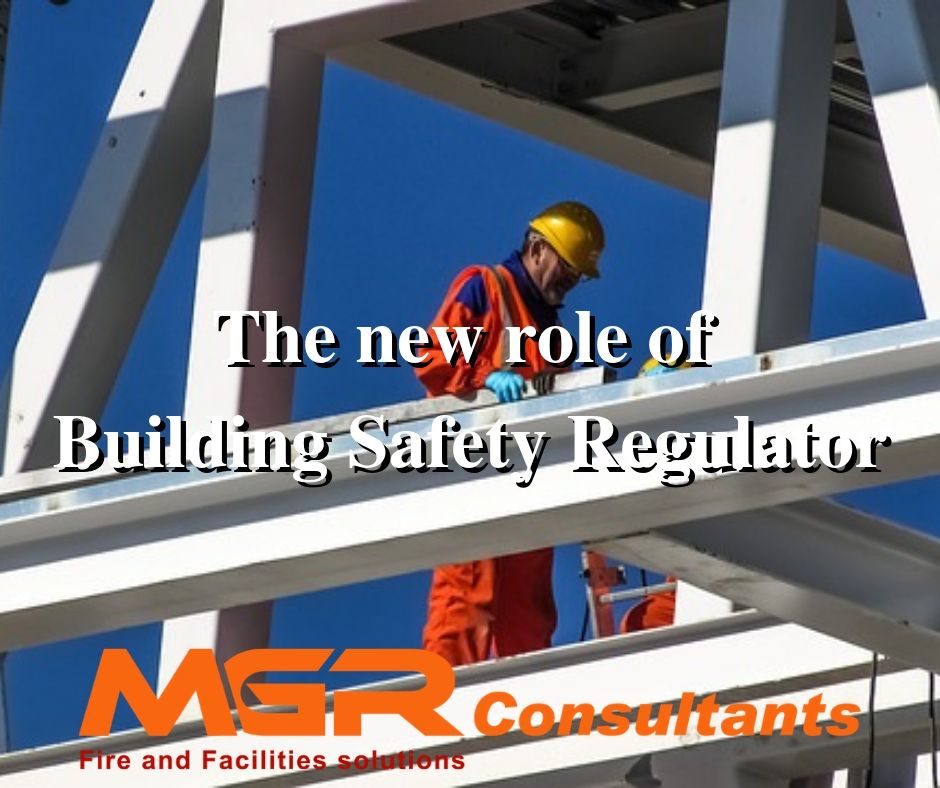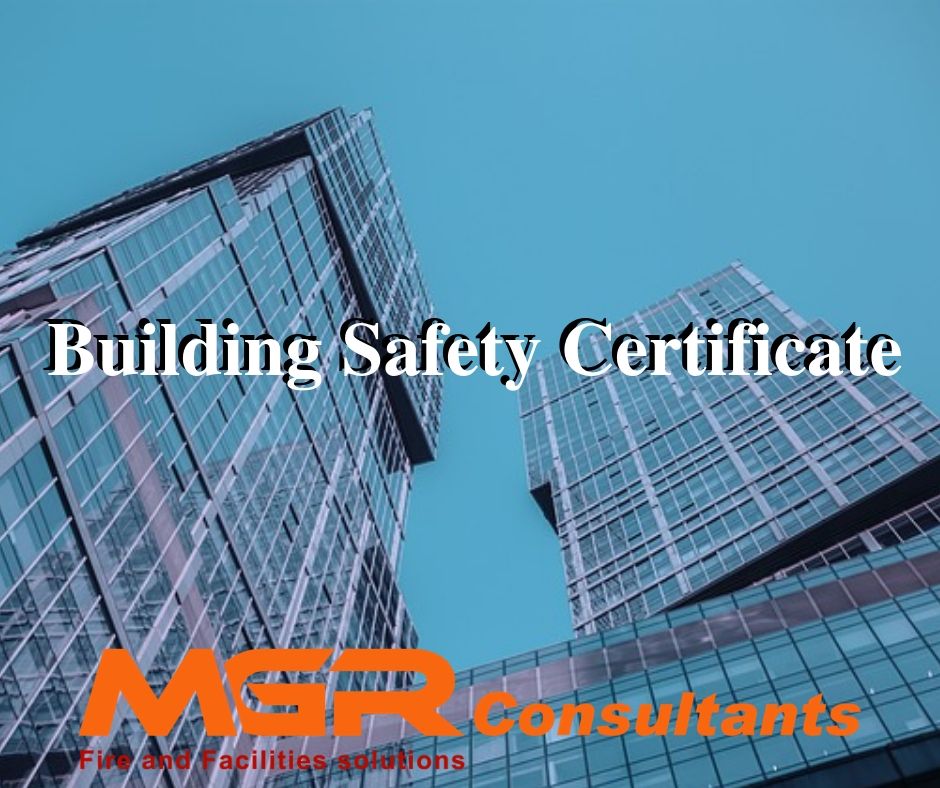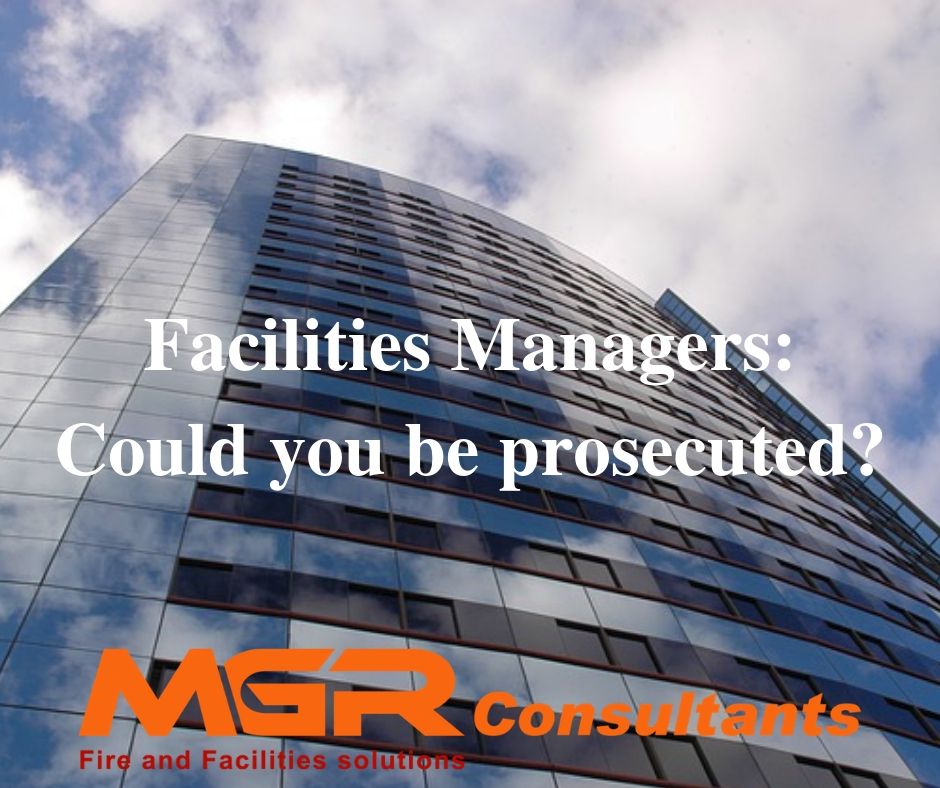In July 2019, Robert Jenrick MP was appointed Secretary of State for Housing, Communities and Local Government. During September he delivered a speech updating the House on the government’s progress on building safety.
In the interest of improving fire safety regulations for high-rise residential buildings, Mr Jenrick and his team are looking at reducing the building height at which sprinklers are required to 18 metres (currently 30 metres). This will increase the number of buildings with sprinklers massively. In addition, they’re looking into improved signage and evacuation alert systems to support effective firefighting.
The “Building a Safer Future” consultation was completed in July 2019, and draft legislation is expected early in the New Year. Robert Jenrick believes in the need to establish a new building safety regulator to oversee the new regime for buildings.
However, in the interim a temporary legislator has been set up during autumn 2019 in conjunction with the Health and Safety Executive prior to new legislation.
In order to increase the speed at which existing buildings across the country can be inspected for building safety, it is intended to create a new protection board. Mr Jenrick expects all high-rise buildings to have been inspected by the time the new building safety regime is in place. This should happen no later than 2021. Residents of these buildings should be informed of the results quickly and any changes and improvements acted upon as soon as possible.
New building safety funding is being provided
In addition to the new requirements, £4 million of funding will be provided to ensure improved inspections for high-rise buildings not clad in aluminium composite materials (ACM). An additional £10 million will be provided to help local authorities improve their inspection capabilities and support the work of the aforementioned protection board.
ACM clad buildings owned by the private sector will be eligible for funding to remove/replace cladding materials with owners now able to formally submit applications for funding (deadline December 2019). Any building owners not taking action during the autumn will face serious consequences if they cannot show exceptional reasons for their inaction. Mr Jenrick will support local authorities in their efforts to enforce this. In his view, “failure to act, particularly now that the funding is provided by the taxpayer, would be frankly disgraceful”.
The overall tone of the speech being that people’s safety in their homes must be paramount and no one should feel unsafe in their homes.
You can read the whole speech here.
How MGR Consultants can help with building safety
We can advise and guide on all building safety related issues and provide physical solutions where required. Please contact us for a complimentary 30-minute telephone consultation by emailing [email protected] or call us at 0116 260 8630 or 0782 444 2159. You can also leave a message on our Contact Page.










